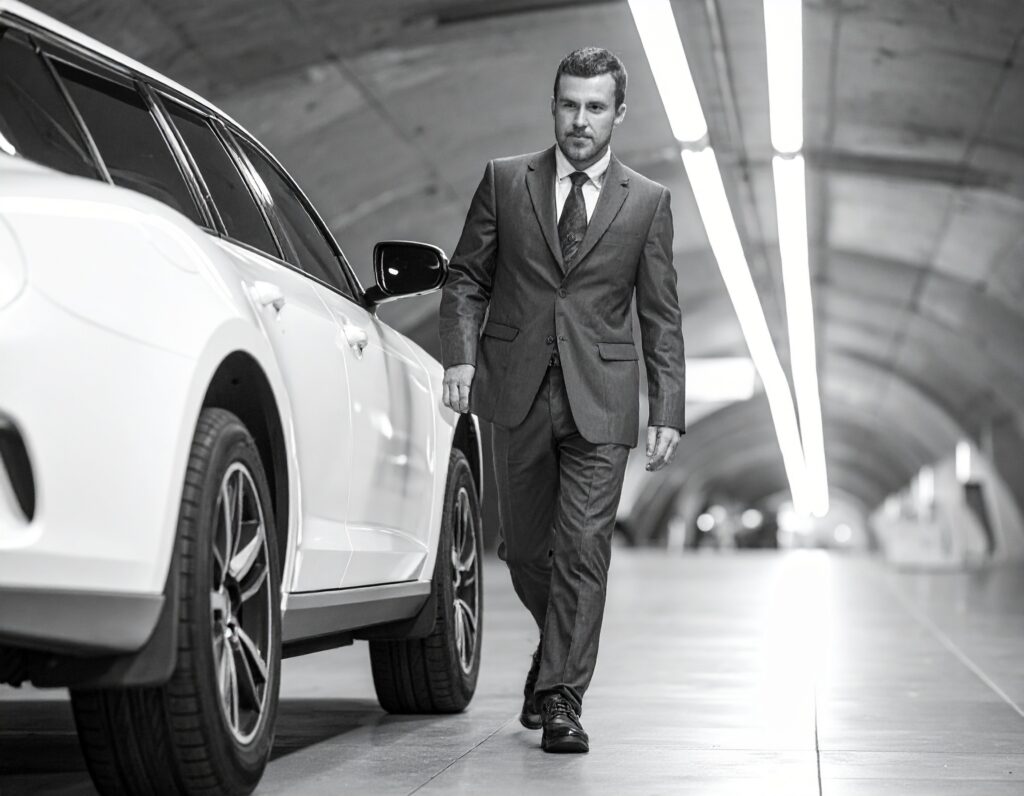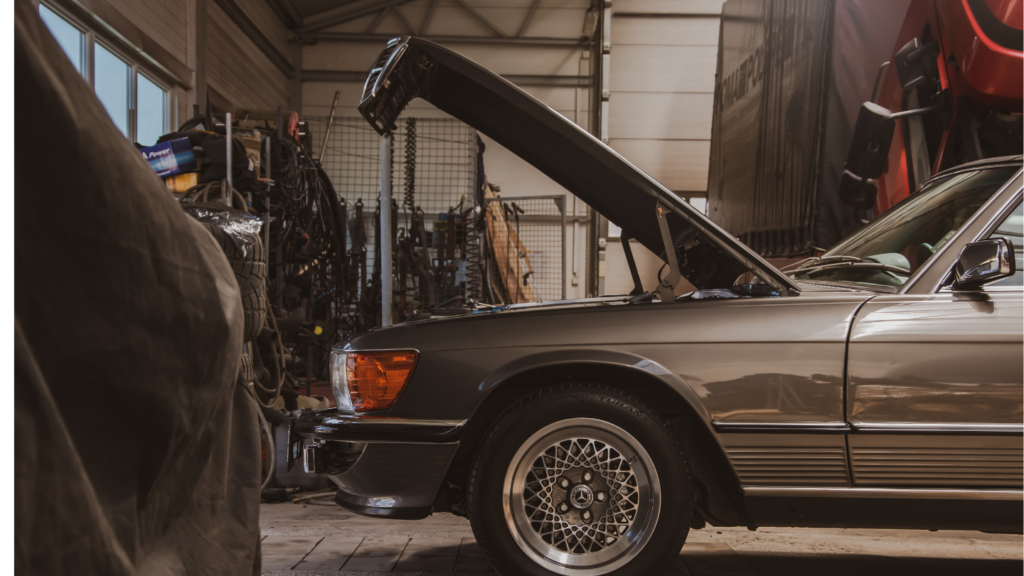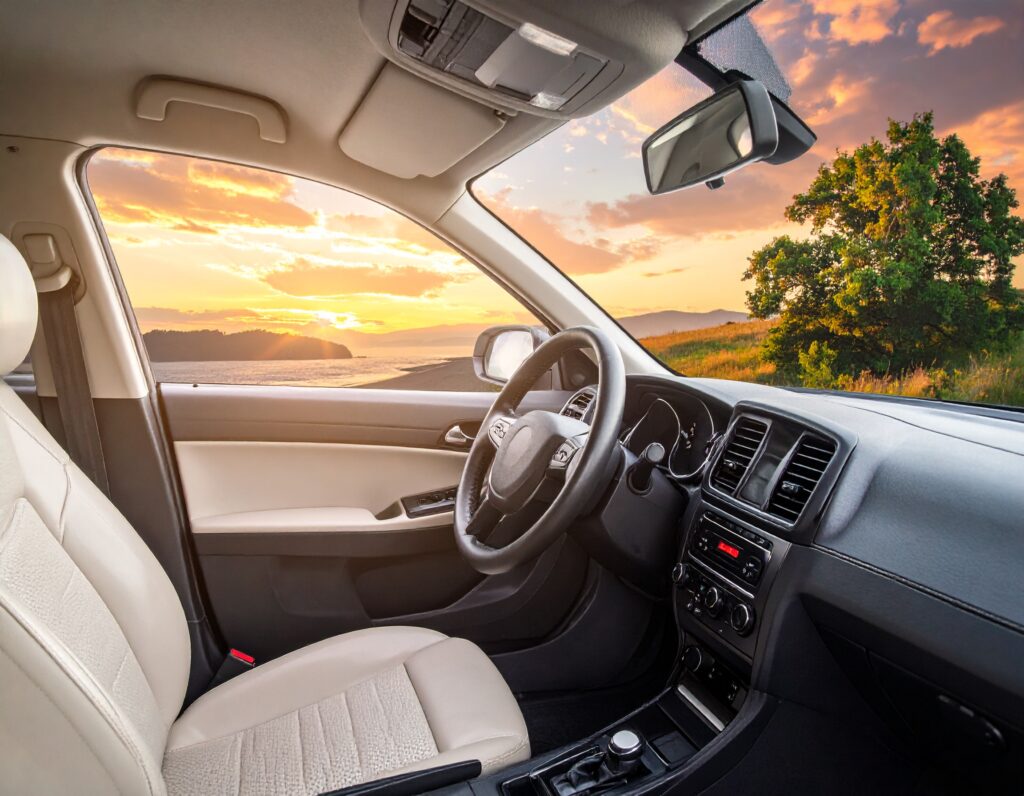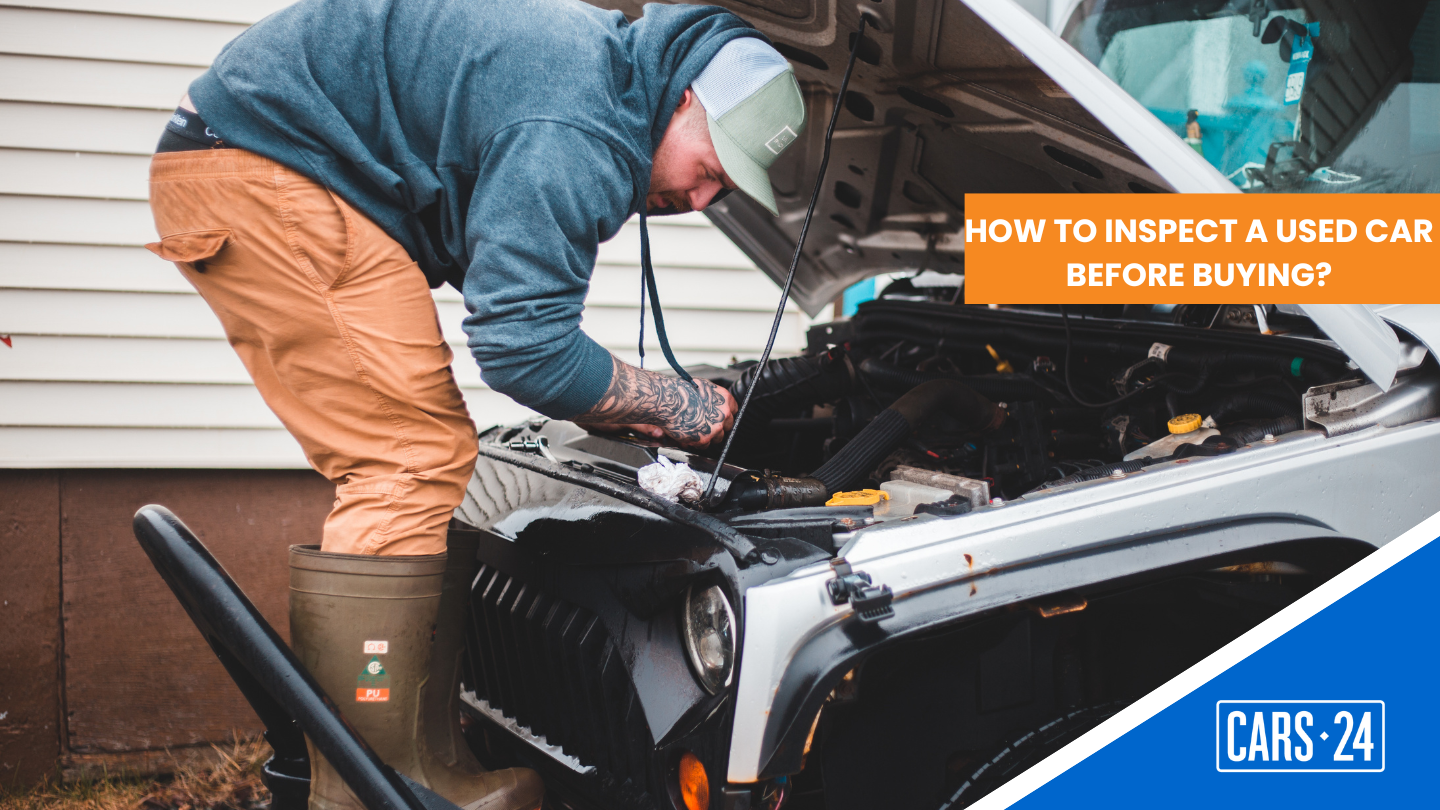If you are planning to buy a second hand vehicle, you must know how to inspect a used car. Thoroughly check and identify any problems/issues to get the right value of the car. Buying a used car is a financially strong move, but without a proper pre-purchase car inspection, it could become expensive with one wrong decision.
Whether you are shopping privately on a marketplace or going through a dealer online or offline, a detailed inspection can save you from wasting your money on a car that is junk and get you the best used car.
In this blog, we will discuss a process or checklist you can use while inspecting a used vehicle, without any stress or hassle. By the end of this, you will know how to inspect a used car and how to check a used car so that you can feel confident about your buying decision.
Why Inspect a Used Car in Australia?
Australia has a vast distance, which means higher mileage compared to other countries. Along with this, Australia has a different climate and weather, which causes wear and tear on cars, which affects the valuation of the car. Now, sometimes the former/current owner of the car tries to tamper with the meter or forgets to mention some defects or issues in the car; that’s why pre purchase car inspection is essential, especially if you want to know how to check a second hand car properly and predict upcoming expenses.
How to inspect a used car- step-by-step guide
Step-1: Do a Visual Walkaround
The first step in car inspection report is a simple walkaround. Take your time while doing this and don’t rush this process, even when rushed by the seller. While walking around, look for:
- Body Panel: Inconsistent paint shades imply accidental repair or hidden damage.
- Rust: Check water or rust marks, especially around wheel arches, doors and metal under the car. This shows how well-kept the car was.
- Glass condition: Chips and cracks in windshields can be costly to repair.
- Tyres: Uneven wear or lines in tyres show suspension or alignment problems.
These external checks help you get an estimate of what you are signing up for without even sitting inside the car.

Step 2: Inspect Under the Bonnet
After walking around, it’s time to check what’s inside the bonnet. All these checks help us to understand the real condition of the used car. Inside the bonnet, you should check for:
- Fluid levels: Oil, coolant and brake fluid, all of them should be topped up and clean.
- Leaks: Dark patches on hoses and the engine block are warning signs.
- Belts and hoses: Cracks and frays show age and potential failure.

Step 3: Interior Condition
After having a thorough check outside, it’s time to sit inside and check for the following:
- Seats and upholstery: Rips and discolouration suggest hard use.
- Dashboard lights: When you turn on the car, all the warning and dashboard lights should get on and then turn off.
- Electronics: Test everything from air conditioners to indicators and other electronics, like windows, to get an idea of what is working and what isn’t.
Knowing how to inspect a used car saves you a lot of time and resources for better driving every day.

Step 4: Test Drive
Test Drive post-inspection may not feel like a necessary step, but it is and never miss it to get a real-time matrix of the car’s condition. This is a crucial step in how to inspect a used car. On your drive, other than the comfort and convenience, check for the following points:
- Listen for noises: Knocks, rattles or grinding noises can be concerning.
- Check brakes: The car should stop smoothly without pushing or pulling to any slide.
- Steering wheel: The wheel should be moving in control without any resistance or looseness.
- Acceleration and transmission: Shifting of gears should be seamless, without any hindrance or locking.
This test drive will help you get an experience of your everyday travel, so be mindful while taking the test drive, and any minor or major issues faced should be noted.
Step 5: Documentation and History Check
The best way to finalise how to inspect a used car is by verifying its history. You can use Cars24 Check Vehicle History to get information about PPSR, Financial encumbrance check, Written-off check, Stolen vehicle check, Recall notice check, Common issues for the vehicle, Registration check, Vehicle valuation, vehicle Demand and many more.
- PPSR report to ensure the car isn’t reported stolen in the past or under loan/finance.
- Cars24 Check Vehicle History provides you with detailed information about a car’s past.
The paperwork and reports, like PPSR and car history reports, will tell you many underlying issues and problems.
Common Mistakes Buyers Make while inspecting a used car
Sometimes we miss out crucial points and make these common mistakes, even after knowing how to inspect a used car. Some of them are:
- Focusing only on looks and exteriors.
- Not Checking VIN
- Missing out minor checks like reverse camera, wipers or infotainment.
- Rushing through the process
- Airbag status on dashboard
- Exhaust and smoke checkup
- Car suspensions
Avoid all these pitfalls while inspecting a used car and save your money. If you are looking for a used car, check out Cars24. Our process is 100%, test drive options, 7-day return with 100% money back guarantee, trade-in offers, easy finance options and a 3-month warranty.
Conclusion
Understanding how to inspect a used car and doing a thorough car purchase inspection empowers you to buy confidently and avoid financially wrong decisions. From visual checks to the car history report, each step strengthens your decision-making process. Visit Cars24 to get started.

Comments
New Comment